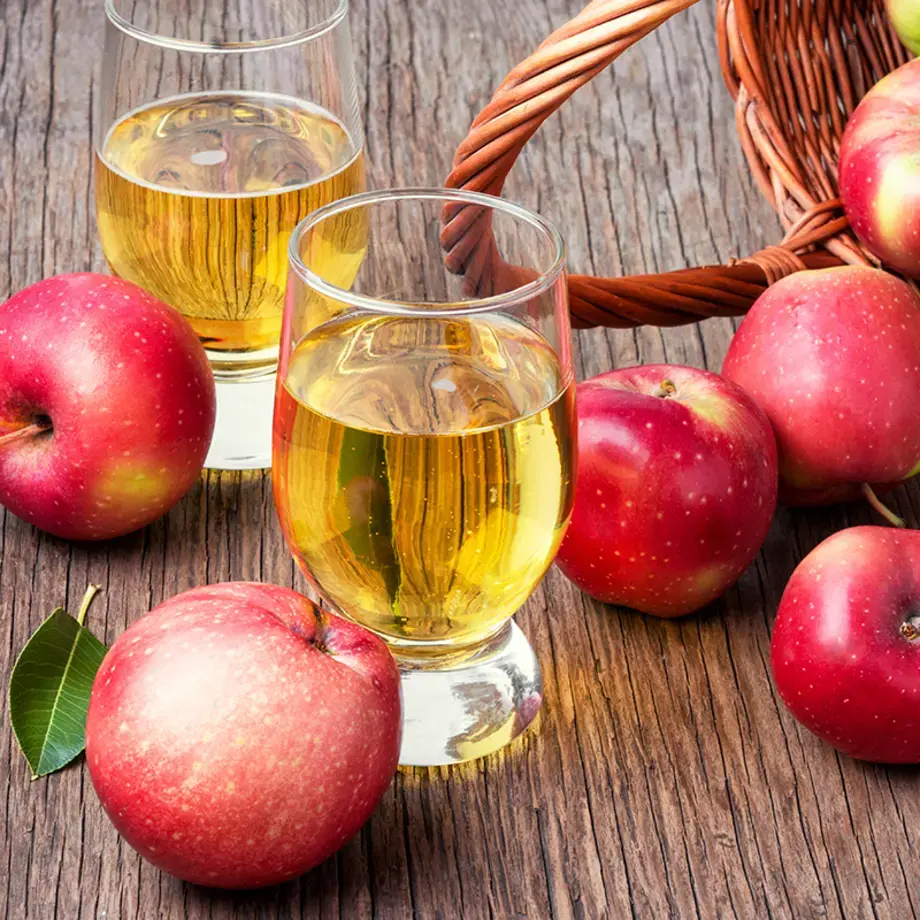The difference between rye whiskey and bourbon whisky is in the mix of grains used in fermentation, known as the ‘mash bill’. Under US law, rye must have a mash bill of 51% rye or higher, while bourbon must have a mash bill of 51% corn or higher. Because of its higher rye content, rye whiskey has a spicier, more savoury taste, that develops in complexity as it ages. On the other hand, Bourbon tends to be sweeter, with hints of brown sugar or caramel.
What is American Rye Whiskey?
There are specific criteria that must be met in order for a whiskey to qualify as American rye. The mash bill should be at least 51% rye, and it must be stored in containers made from charred new oak. It should be distilled at no higher than 160 proof, enter the barrel at no more than 125 proof, and be bottled at no less than 80 proof. These rules can be used to distinguish American rye from Canadian rye, which is less regulated, and is required only to have a similar flavour profile in order to be labeled as rye.
The history of rye in the US dates back to the multicultural settlements of the 1600s, where the whiskey-making talents of Irish and Scottish settlers met the rye-farming skills of the Germans and the Dutch. After the War of Independence, the drink became popular when thirsty patriots found themselves cut off from British-controlled stocks of Caribbean molasses, and thus unable to make rum. Undeterred, the nation took to distilling rye whiskey instead, with even Washington himself installing a distillery on his estate after leaving the Whitehouse.
The northeastern climate is ideal for the cultivation of rye, and the states of Maryland and Pennsylvania soon became prolific producers of rye whiskey. In 1808, farmers in Allegheny County, Pennsylvania, were selling half a barrel for every man, woman and child in the country. Fortunes changed with the advent of the prohibition, however, as making good quality rye was too expensive for most bootleggers, and the name became tainted by association with cheap Canadian imports. Happily, the past decade has seen a renewed interest in rye whiskey, with artisan distilleries championing the cause and winning over more and more discerning customers each year.
These days, most rye is produced in Kentucky, but it can be broadly divided into two types, named after the traditional rye-producing states of Pennsylvania and Maryland. Pennsylvania rye, sometimes called Monongahela rye, after the Monongahela river in Pittsburg, is a straight rye, meaning it has a higher rye content. Ryes with a mash bill of between 80-100% rye can be considered Pennsylvania ryes, and are distinguished by their extra dry, spicy, peppery flavour.
Maryland ryes must still have at least 51% rye in the mash bill, but contain less rye than Pennsylvania rye, with the remainder of the mash bill often containing a high proportion of corn. These types of rye are sweeter than Pennsylvania ryes, and closer to bourbon in flavour.
To find out more, check out this fun and informative video from Flaviar, containing a brief history of rye whiskey.
What is Bourbon Whiskey?
Bourbon has been brewed in the US since around the 1800s. No one is entirely sure of its origins, or from where it takes its name, with candidates including Bourbon County in Kentucky, or Bourbon Street in New Orleans. The drink has a strong association with the South, and 95% of all bourbon is produced in the state of Kentucky.
Bourbon is even more heavily regulated than rye, with many of the same rules regarding distillation applying to both spirits. Like rye, bourbon must be stored in containers made from charred new oak, distilled at no higher than 160 proof, enter the barrel at no more than 125 proof, and be bottled at no less than 80 proof. For bourbon, however, the mash bill should be 51% corn or higher, with most bourbons having a mash bill in excess of 70% corn. In addition to these rules, bourbon has been designated a ‘distinctive product of the United States’, so if your whiskey was made anywhere else, it isn’t technically bourbon.
Like rye, bourbon also fell out of favour during prohibition, but unlike its Northern cousin, it made a fairly quick recovery, finding new fans worldwide as American GIs posted abroad during the world wars brought their favourite drink along to remind them of home. These days bourbon is more popular than ever, with over two million visitors flocking to Kentucky’s famous Bourbon Trail each year.
If you’re thirsty for more knowledge, check out this cool bourbon infographic or visit the folks at Flaviar for a brief history of bourbon whiskey.
Tennessee Whiskey vs. Bourbon
Like bourbon, Tennessee whiskey is made using a mash bill of at least 51% corn, and aged in charred new oak containers. However, to be classed as Tennessee whiskey, it must be made within the state of Tennessee and undergo a filtering process known as the Lincoln County process. The Lincoln County process requires that the whiskey be filtered through, or steeped in charcoal chips before being aged. This removes some of the harsher flavours, creating a smoother, more easy-drinking whiskey.







